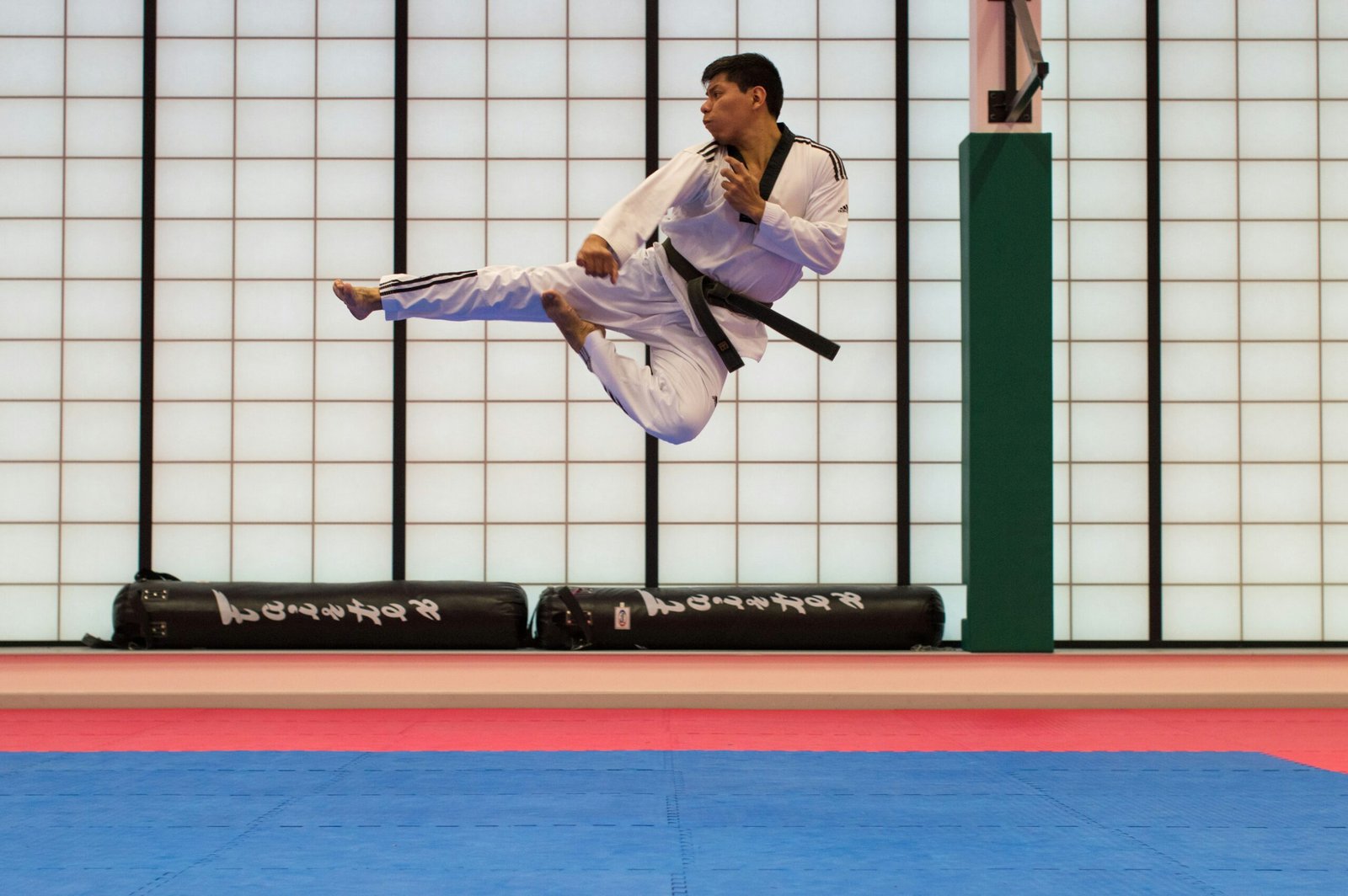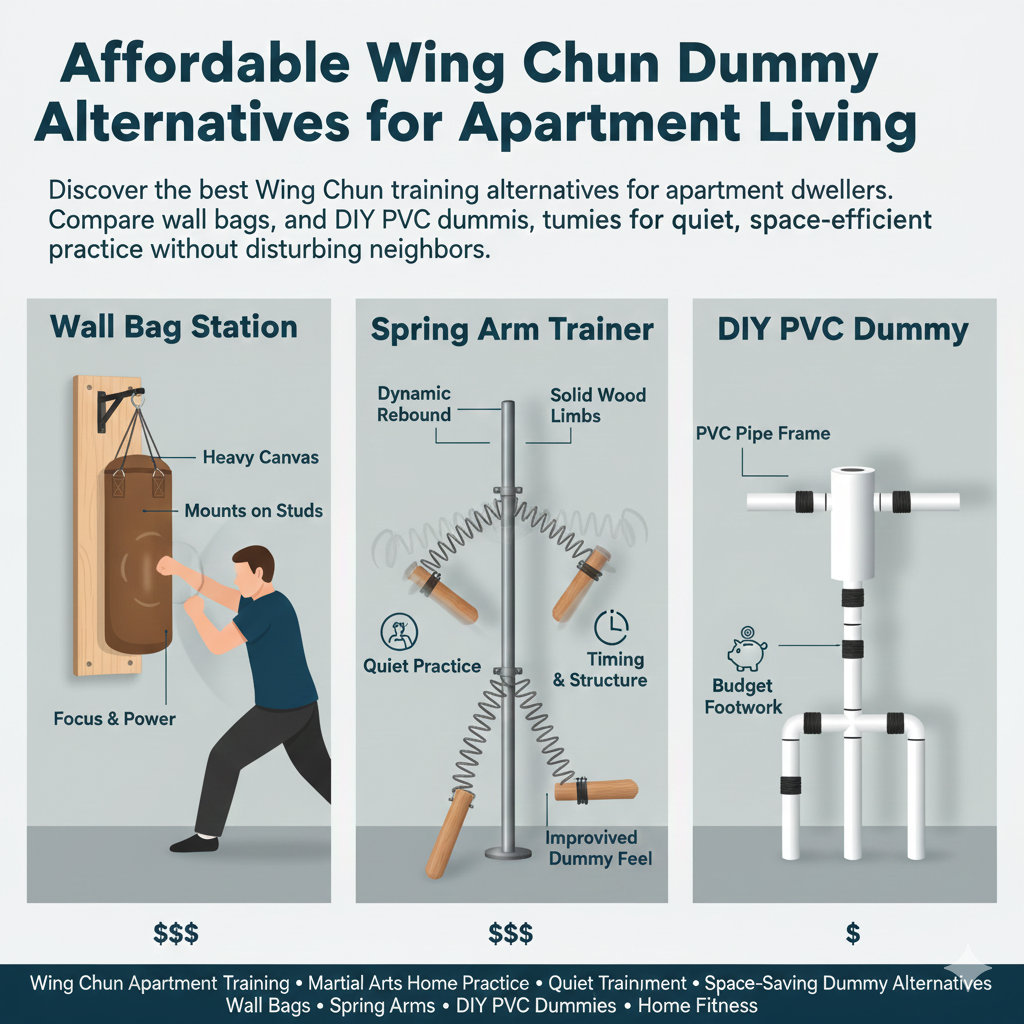The wing punch, a fundamental technique in various martial arts disciplines, is renowned for its speed, precision, and power.
This technique emphasizes the efficient use of body mechanics to generate maximum force with minimal effort.
As practitioners refine their wing punch, they often focus on the interplay between their body weight and the mechanics of their movements, which is crucial for optimizing the effectiveness of their strikes.
Body weight mechanics play a pivotal role in martial arts, particularly in the execution of the wing punch.
By understanding and leveraging the principles of body alignment, practitioners can significantly enhance the power of their punches.
Proper technique involves a seamless integration of the body’s kinetic chain, from the feet through the hips and core, and finally to the fists.
This coordinated movement ensures that the force generated by the body is efficiently transferred to the point of contact.
Effective body weight mechanics in wing punching require a strong foundation.
The stance must be stable yet dynamic, allowing for fluid transitions and swift execution.
A well-balanced stance enables the practitioner to channel their body weight effectively, thereby increasing the impact of the punch.
Additionally, the alignment of the hips and shoulders is crucial; misalignment can dissipate energy and reduce the punch’s effectiveness.
Moreover, the concept of torque is integral to understanding the mechanics behind a powerful wing punch.
By rotating the hips and shoulders in unison, practitioners can generate a spiraling force that amplifies the power of their strikes.
This rotational movement, combined with the forward thrust of the body weight, results in a punch that is not only powerful but also efficient and precise.
In summary, mastering the wing punch through the application of body weight mechanics requires a deep understanding of body alignment, stance stability, and the efficient transfer of energy.
By focusing on these elements, martial artists can enhance their striking power and effectiveness, making the wing punch a formidable technique in their arsenal.
Understanding the Basics of Wing Punch
The wing punch, deeply rooted in martial arts history, is a versatile and powerful technique used for both self-defense and competitive fighting.
Originating from ancient martial arts traditions, the wing punch is distinguished by its unique blend of speed, precision, and power.
Unlike the more commonly known straight punch or hook, the wing punch employs body weight mechanics to enhance its effectiveness.
Making it a favored choice among martial artists who seek to maximize impact with minimal effort.
The primary use of the wing punch is to deliver a swift, forceful blow that can incapacitate an opponent with a single strike.
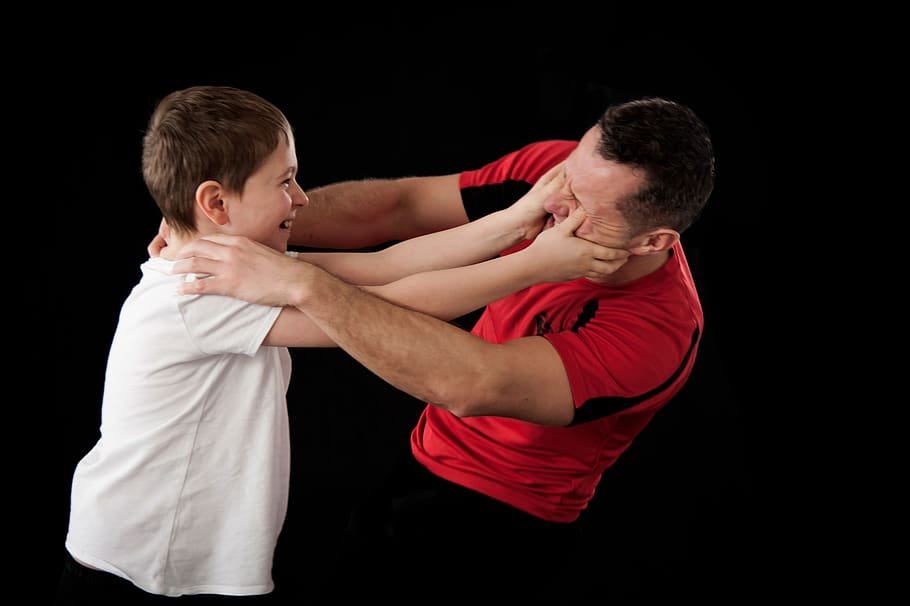
This technique is particularly effective in close-quarter combat scenarios where space is limited, and quick, decisive actions are necessary.
The wing punch’s efficiency lies in its ability to harness the practitioner’s body weight, channeling it through the arm and into the punch, thereby amplifying its force.
To execute a wing punch correctly, one must first adopt the proper initial stance. Stand with feet shoulder-width apart, knees slightly bent, and weight evenly distributed across both legs.
This stance provides the stability required to generate power from the ground up.
Hand positioning is equally crucial; the lead hand should be held at chin level, with the elbow slightly bent, while the rear hand guards the torso.
This setup not only prepares the practitioner for delivering the punch but also offers protection against counter-attacks.
The movement trajectory of the wing punch is distinct and precise.
As the punch is initiated, the practitioner must rotate the hips and shoulders in unison, channeling the body’s kinetic energy into the punching arm.
The lead hand travels in a straight line towards the target, with the fist rotating at the last moment to ensure maximum impact.
It is this combination of body weight transfer, rotational force.
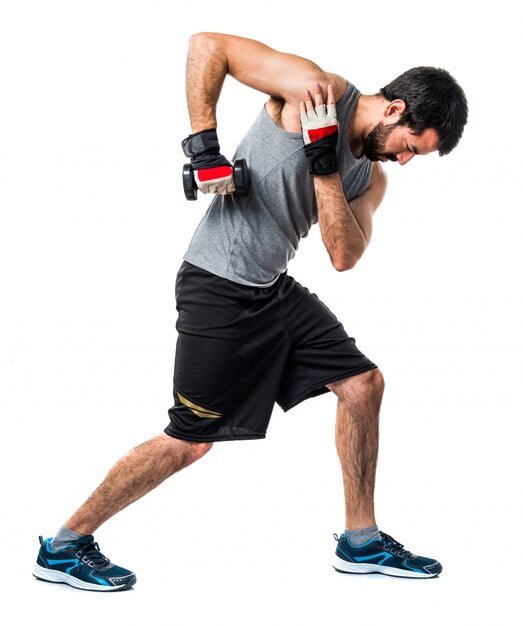
And precise hand positioning that sets the wing punch apart from other techniques, making it an essential skill for any serious martial artist.
The Role of Body Weight in Martial Arts
Understanding the mechanics of body weight distribution is essential in martial arts.
Properly leveraging body weight can significantly amplify the force behind punches and other strikes.
Transforming a seemingly modest blow into a powerful technique.
The concept revolves around transferring the body’s mass efficiently and effectively, allowing practitioners to maximize their kinetic energy.
One key principle is the alignment of the body during strikes.
When delivering a punch, the power does not simply come from the arm;
it originates from the ground, travels up through the legs, and is then projected through the torso and out through the fist.
This chain of motion, known as the kinetic chain, relies heavily on the correct distribution of body weight.
By shifting weight from the back foot to the front foot at the moment of impact.
martial artists can harness their full body mass to enhance the power of their punches.
However, many practitioners struggle with improper weight distribution, which can diminish the effectiveness of their techniques.
Common mistakes include leaning too far forward or backward, failing to pivot the hips correctly, and not maintaining a stable base.
These errors can lead to a loss of balance and reduced force in strikes.
To correct these issues, martial artists should focus on maintaining a centered stance.
Keeping their weight evenly distributed between both feet, and ensuring that their movements are fluid and coordinated.
Training drills that emphasize balance and core strength can be particularly beneficial in improving weight distribution.
Exercises such as shadowboxing, bag work, and specific footwork drills can help practitioners develop a better sense of their body weight and how to use it effectively.
By mastering body weight mechanics, martial artists can significantly enhance the power and precision of their techniques, making their strikes more impactful and efficient.
Techniques to Channel Body Weight into a Wing Punch
Mastering the art of channeling body weight into a wing punch can significantly enhance the power and efficiency of this technique.
The core principle involves a coordinated transfer of energy from the legs, through the torso, and finally into the punch.
This integration of body mechanics ensures that the force generated is maximized, making the punch more effective.
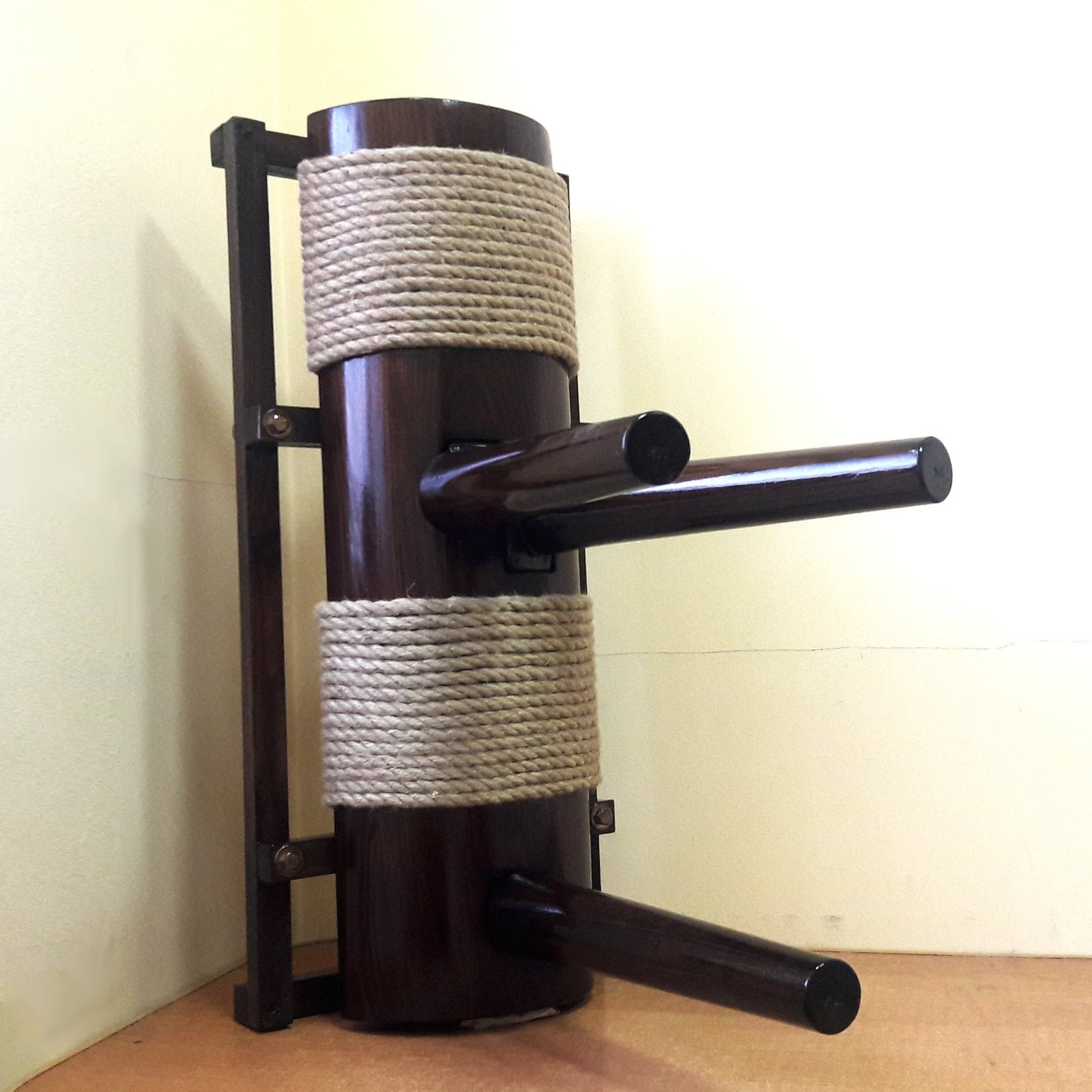
Below are detailed techniques and exercises designed to help you develop this skill.
First, it is essential to establish a solid stance.
Begin with your feet shoulder-width apart, ensuring that your weight is evenly distributed.
This stance provides a stable foundation from which to generate power.
Bend your knees slightly to engage your leg muscles, which serve as the initial source of energy for the punch.
The next step involves the weight shift.
As you initiate the wing punch, shift your weight from the back leg to the front leg.
This movement should be smooth and controlled, with the energy traveling upward through the legs.
Engaging the core muscles is crucial at this stage.
Tighten your abdominal muscles to facilitate the transfer of energy from the lower body to the upper body.
Now, focus on the rotation of the torso. As the weight shifts forward, rotate your hips and shoulders in the direction of the punch.
This rotational movement adds a significant amount of force to the punch.
Ensure that your upper body remains aligned and that the rotation is fluid, not abrupt.
Finally, extend your arm to complete the punch.
The energy that has traveled from your legs, through your torso, should now be channeled into your fist.
Ensure that your wrist is straight and your fist is tight upon impact to maximize the effectiveness of the punch.
To develop proficiency in these techniques, incorporate specific exercises into your training routine.
Weight-shifting drills, such as lunges or squats, can help build the necessary leg strength and coordination.
Core exercises like planks and Russian twists will enhance your ability to transfer energy through the torso.
Practicing the wing punch in slow motion can also help you focus on the mechanics and perfect each movement.
By consistently practicing these techniques and exercises.
you will be able to effectively channel your body weight into a wing punch, resulting in a more powerful and efficient strike.
The Physics Behind the Wing Punch
The efficacy of the wing punch can be largely attributed to fundamental physics principles such as momentum, force, and leverage.
Understanding these principles helps in optimizing the technique, making it more powerful and efficient.
Momentum, defined as the product of an object’s mass and velocity, plays a crucial role in the wing punch.
When executing a wing punch, the practitioner must maximize their body mass and speed.
This combination generates a significant amount of momentum, making the punch more impactful.
By transferring body weight into the punch through proper stance and movement.
The practitioner ensures that the momentum is effectively channeled into the strike.
Force, which is the interaction that causes an object to change motion, is another key element.
According to Newton’s Second Law of Motion, force equals mass times acceleration (F=ma).
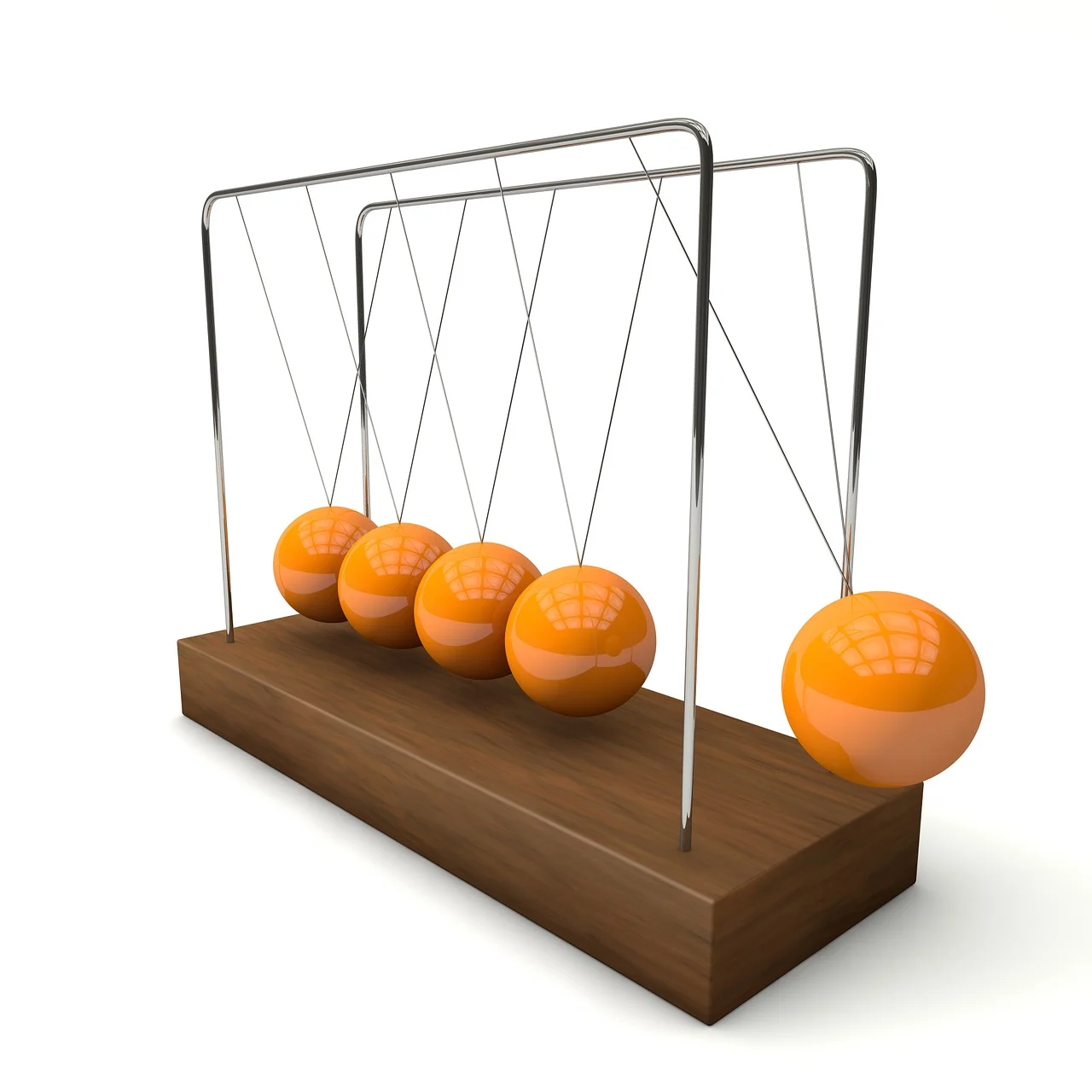
In the context of a wing punch, the practitioner’s body acts as the mass, and the rapid acceleration of the punch generates force.
The greater the acceleration and mass involved, the more forceful the punch.
Efficient use of muscle groups and coordinated body movements are essential to achieve the maximum force output.
Leverage, which involves using a lever to amplify force, is intricately link with body mechanics in a wing punch.
The human body can be view as a system of levers, with bones acting as the levers and joints as the fulcrums.
Proper technique involves positioning these levers in such a way that they amplify the force generated by the muscles.
For instance, aligning the shoulder, elbow.
And wrist in a straight line during the punch maximizes the leverage, thereby increasing the punch’s power.
To illustrate, imagine a boxer delivering a wing punch.
The boxer starts by grounding their feet firmly to create a stable base.
They then rotate their hips and shoulders in unison, transferring weight from the back foot to the front.
This coordinate movement maximizes momentum and force.
Finally, the arm extends in a swift motion, with the elbow acting as a lever to further amplify the force, delivering a powerful strike.
In conclusion, a thorough understanding of momentum, force, and leverage, couple with proper technique.
allows practitioners to harness the full potential of the wing punch.
By optimizing body weight mechanics, one can achieve a more effective and powerful punch.
Training Regimens to Enhance Wing Punch Power
Effective training regimens are critical to harnessing the power of the wing punch.
Leveraging body weight mechanics to maximize impact.
A well-rounded approach incorporates strength training, flexibility exercises, and drills aimed at improving coordination and body mechanics.
Each component plays a pivotal role in building the foundational elements necessary for executing a powerful wing punch.
Strength training is paramount in developing the muscle groups involved in delivering a wing punch.
Focus on compound movements such as bench presses, squats, and deadlifts to build overall body strength.
Additionally, incorporate exercises like push-ups, pull-ups, and shoulder presses to target the upper body.
Ensuring the muscles in the chest, shoulders, and back are adequately develop.
These muscles are instrumental in generating the force and speed need for an effective wing punch.
Flexibility exercises are equally important as they enhance the range of motion and reduce the risk of injuries.
Regularly stretching the shoulders, chest, and back can improve fluidity in movements and allow for a more extensive reach during a wing punch.
Incorporate dynamic stretches, such as arm circles and torso twists, into your warm-up routine.
Static stretches, like the doorway stretch for the chest and shoulder, can be perform post-training to maintain flexibility.
Drills that focus on coordination and body mechanics are essential to ensure that the strength and flexibility gained are effectively translated into wing punch power.
Shadow boxing, where you practice the wing punch in a control environment.
can help refine technique and timing.
Pair this with target drills such as hitting focus mitts or a heavy bag.
Which will allow you to practice the punch under realistic conditions.
Emphasizing proper footwork, hip rotation, and torso alignment during these drills will ensure the efficient transfer of body weight into the punch.
Integrating these exercises into a regular training routine requires balance and consistency.
Allocate specific days for strength training, flexibility exercises, and technical drills.
For instance, dedicate two to three days a week for strength training.
Ensuring adequate rest between sessions.
Flexibility exercises should be perform daily, while drills can be incorporate into each training session.
Focusing on different aspects to avoid overtraining any single component.
Common Mistakes and How to Avoid Them
When practitioners aim to harness the power of their body weight to enhance a wing punch.
They often fall prey to several common mistakes.
These errors can significantly hinder the effectiveness of the technique and even lead to potential injuries.
One of the most prevalent issues is adopting an improper stance.
A stable and balance stance is fundamental to effectively channeling body weight into a punch.
Practitioners frequently position their feet too close together or too far apart, which compromises stability and power generation.
To avoid this, ensure your feet are shoulder-width apart, with the weight evenly distribute between both legs.
Maintaining a slight bend in the knees can further enhance stability.
Another critical mistake is incorrect weight distribution.
Many practitioners either lean too far forward or backward, disrupting the balance and reducing the punch’s impact.
The key to effective weight transfer is to initiate the movement from the hips, allowing the body weight to seamlessly flow into the punch.
Visualize your body as a cohesive unit, where the hips, core, and fist move in unison.
This alignment ensures maximum power without compromising balance.
Poor follow-through is yet another common pitfall.
A powerful wing punch isn’t merely about the initial impact but the continuous force apply through the target.
Practitioners often retract their punch too quickly, cutting short the transfer of energy.
To rectify this, focus on extending your punch fully, ensuring that your body weight continues to drive through the target.
This technique not only amplifies power but also enhances control and precision.
Additionally, neglecting to engage the core muscles is a frequent oversight.
The core acts as the engine of the body, stabilizing and providing the necessary force behind the punch.
Engage your core by tightening the abdominal muscles throughout the movement.
This engagement not only boosts power but also protects the lower back from strain.
By addressing these common mistakes— improper stance, incorrect weight distribution, poor follow-through, and lack of core engagement —practitioners can significantly improve their wing punch technique.
Implementing these corrective measures will lead to more powerful, controlled, and effective punches.
Ultimately enhancing overall martial arts performance.
Advanced Tips for Mastering the Wing Punch
For seasoned martial artists, refining the wing punch goes beyond basic mechanics and delves into the intricacies of advanced footwork.
Precise timing, and optimal body alignment.
Mastery of these elements can significantly amplify the power and efficiency of this technique.
Making it a formidable tool in any martial artist’s repertoire.
One critical aspect is the integration of advanced footwork.
Proper foot positioning not only provides a stable base but also allows for the transfer of body weight into the punch.
Expert practitioners recommend practicing the “rooting” technique, where the feet are firmly ground.
Creating a connection between the lower and upper body.
This connection enables the energy generates from the legs to be channeled through the torso and into the arm, culminating in a powerful wing punch.
Timing is another crucial element.
The synchronicity between the footwork and the upper body movement can make or break the effectiveness of the wing punch.
Advanced practitioners often utilize drills that emphasize rhythm and timing.
Ensuring that the punch lands at the precise moment when the body is perfectly align.
This alignment maximizes the force deliver and minimizes the risk of injury.
Body alignment plays a pivotal role in the execution of a flawless wing punch.
Correct posture ensures that the energy flows seamlessly from the feet, through the hips, and into the fists.
A slight misalignment can dissipate the force, reducing the punch’s impact.
Experts suggest incorporating exercises that focus on core strength and flexibility, as a strong core is essential for maintaining proper alignment throughout the motion.
Insights from seasoned practitioners underscore the importance of continuous practice and refinement.
For instance, Master Lee, a renowned martial artist, emphasizes the value of visualizing the punch’s path and practicing in slow motion to internalize the mechanics.
This method allows for a deeper understanding of each movement.
Leading to more precise and powerful execution.
In conclusion, mastering the wing punch requires a combination of advanced footwork, precise timing, and optimal body alignment.
Continuous practice, coupled with insights from experienced practitioners.
can significantly enhance the effectiveness of this technique.
Making it a powerful addition to any martial artist’s skill set.

